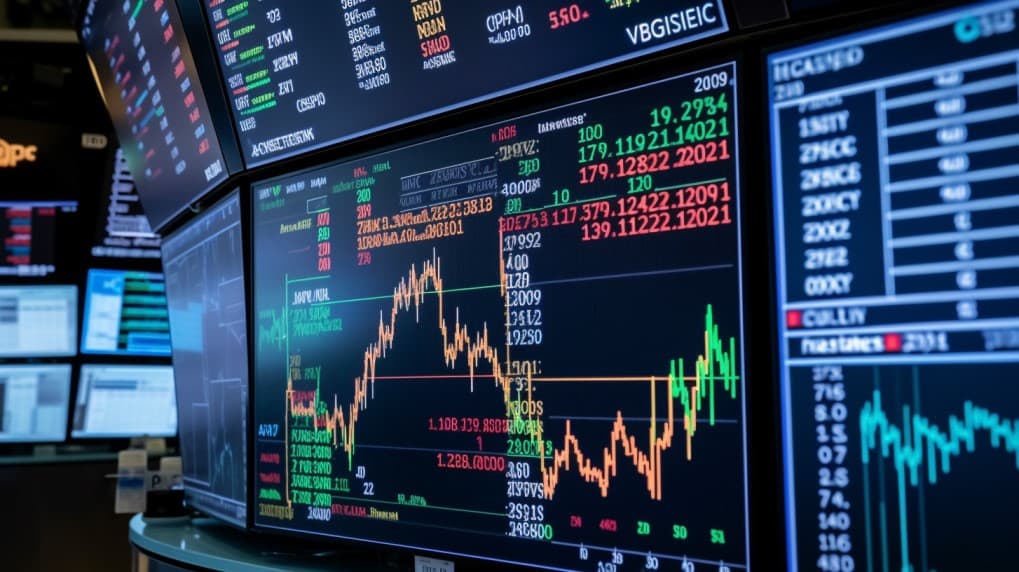
VYM VS IDV
Exchange-Traded Funds (ETFs) have redefined the landscape of investment, offering investors a diversified approach to various sectors and asset classes. In this article, we will conduct an extensive comparison between two prominent ETFs: VYM (Vanguard High Dividend Yield ETF) and IDV (iShares International Select Dividend ETF). We'll delve into key aspects such as ETF tickers, full names, issuers, sectors, top holdings, capitalization, investment strategy, tracking methods, and exposure.
VYM Vs IDV: Overview
VYM and IDV represent distinct approaches to dividend investing. VYM focuses on providing investors exposure to U.S. companies with a history of high dividend yields, while IDV concentrates on international dividend-paying stocks. These differing scopes influence the risk and return profiles of the two ETFs, a crucial factor for investors to consider when making investment decisions.
VYM Vs IDV: Sectors and Top Holdings
VYM primarily invests in sectors such as technology, healthcare, financials, and consumer goods, offering a wide range of exposure within the U.S. market. On the other hand, IDV emphasizes sectors like financials, energy, utilities, and telecommunication services across various international markets. Understanding the sectors and top holdings helps investors assess the geographical and sector diversification of each ETF.
 VYM overlap VYM VS IDV
VYM overlap VYM VS IDV
VYM Vs IDV: Capitalization and Investment Strategy
VYM boasts a substantial asset under management (AUM), reflecting its popularity among investors seeking stable income from dividend stocks. Its investment strategy revolves around tracking an index of U.S. companies with consistent dividend histories. IDV's approach is similar, aiming to provide exposure to international dividend-paying stocks. Differences in capitalization and investment strategy can lead to varying risk and return dynamics.
VYM Vs IDV: Tracking Methods and Exposure
VYM tracks an index of U.S. companies with a record of high dividend yields, striving to mirror the performance of these companies. IDV, on the other hand, tracks an international dividend index, offering exposure to international companies with attractive dividend yields. Understanding these tracking methods helps investors comprehend how closely the ETFs follow their respective indices and the potential implications for returns.
Conclusion
VYM and IDV are distinctive ETFs, each catering to specific investor preferences within the dividend investing realm. As investors seek deeper insights into holdings, correlations, and overlaps, they can rely on ETF insider—an intuitive and user-friendly app that provides comprehensive details about these financial instruments.
Disclaimer: This article does not provide any investment advisory services.
Sources:
VYM quote and analysis
Discover the top holdings, correlations, and overlaps of ETFs using our visualization tool.
Our app allows you to build and track your portfolio.
To learn more about the VYM Vanguard High Dividend Yield Index ETF, access our dedicated page now.
FAQ
Why is VYM better than IDV?
VYM may be considered better than IDV for some investors due to its specific focus, offering diversification.
Does IDV beat VYM?
IDV's performance relative to VYM will vary over time, depending on market conditions.
Should I invest in VYM or IDV?
The choice between VYM and IDV should align with your investment goals, risk tolerance, and desired exposure.
Are VYM and IDV good investments?
Both VYM and IDV can be suitable investments depending on individual investment strategies, goals, and risk profiles.
What is the correlation between VYM and IDV?
The correlation between VYM and IDV can vary over time, reflecting differences in performance.